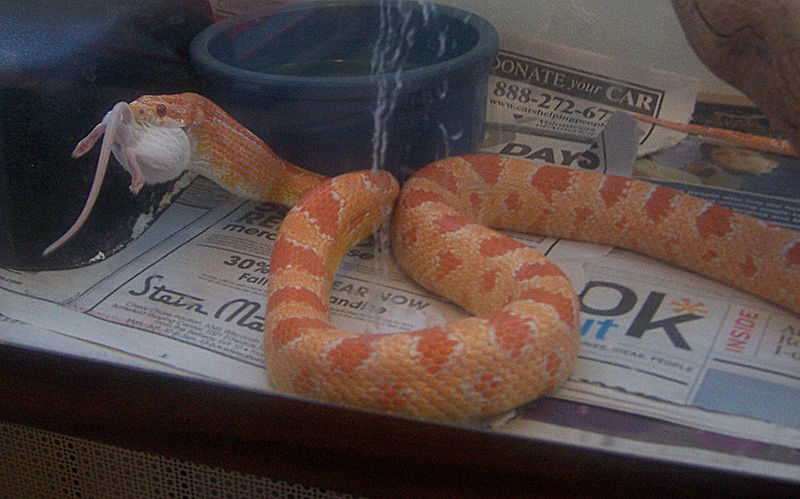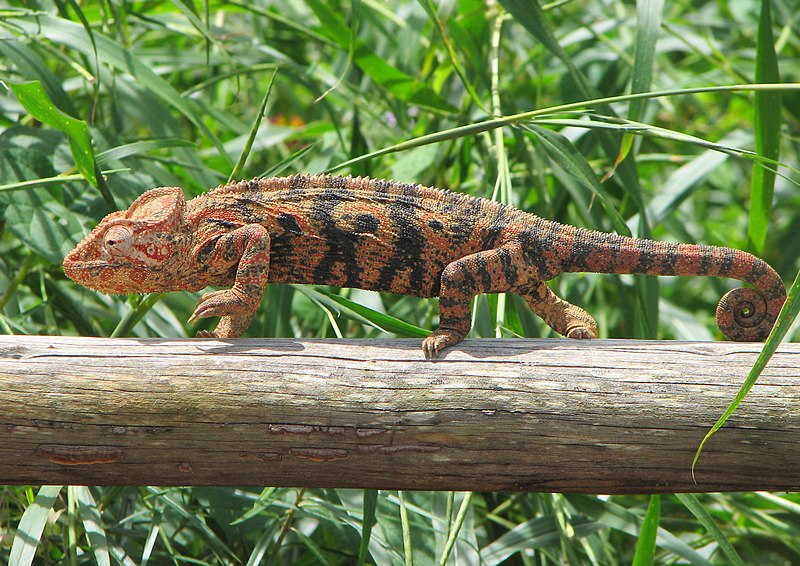 The Senegal Chameleon (Chamaeleo senegalensis) has long been common in the pet trade, yet there remain significant roadblocks to longevity and breeding. I recently re-read a 1990 study on prey choice in this species. I then considered it in light of newer research that established a link between Vitamin D levels and chameleon basking behavior. I believe both contain important findings that may be applicable to many species.
The Senegal Chameleon (Chamaeleo senegalensis) has long been common in the pet trade, yet there remain significant roadblocks to longevity and breeding. I recently re-read a 1990 study on prey choice in this species. I then considered it in light of newer research that established a link between Vitamin D levels and chameleon basking behavior. I believe both contain important findings that may be applicable to many species.
“What, grasshoppers again”!
In the study that examined prey choice in Senegal Chameleons (J. of Herpetology: V.24, N.4: p.383), different groups of chameleons were fed solely on either Long-Horned Grasshoppers or House Crickets. Over a period of several days, those lizards feeding upon crickets showed a strong preference for grasshoppers, and those on grasshopper-only diets favored crickets.
I have also observed this in other chameleon species under my care at the Bronx Zoo, and in a variety of reptiles and amphibians. As long as the species is acceptable, novel prey usually causes a very strong feeding response. Indeed, zookeepers and hobbyists commonly say that captive herps “become bored” with crickets, mealworms and other staples. Read More »
 That Reptile Blog – Reptile, Amphibian and Exotic Pet Care and Information
That Reptile Blog – Reptile, Amphibian and Exotic Pet Care and Information




